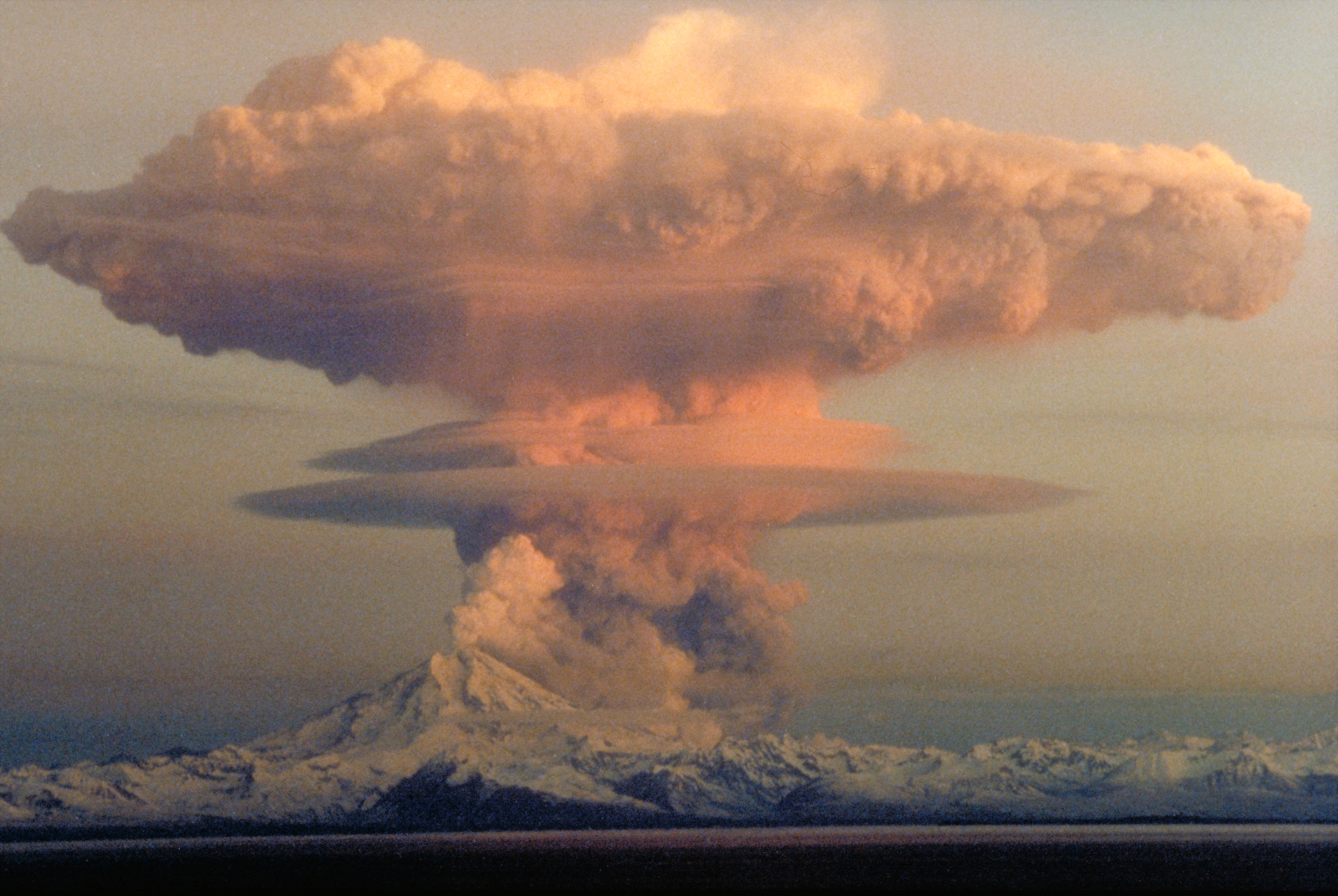Photography had been invented decades before and was quickly adopted by scientists. Exposure time was long and high-speed photography far into the future, but good images could be captured on film plates and used for scientific research.
Earliest Surviving Photograph - 1826 or 1827
Cathode ray tubes were commonly used for experiments since they emitted particles and rays that no one understood. They were working on it, but nobody got it. No one had even discovered a single subatomic particle - the electron was first in 1897.
cathode ray tube - ray deflected by magnet
Wilhelm Roentgen was working with one of these tubes and saw an unknown ray fluorescing a screen a good distance away. He demonstrated that those X-RAYS could easily pass through most objects and leave pictures on photographic plates. X-ray photography was born before we replaced the 'X' with understanding of the phenomenon.
The following year, Henri Becquerel discovered that similar rays were constantly emanating from rocks containing uranium ore. After more experimentation a few years later, Marie Curie gave the name "radioactivity" to the phenomenon.
Since then,
our black and white world became color,
satellite radio was born,
and knowledge of radioactivity fed into nuclear weapons.
X-ray generation - "slamming to a stop radiation"
and we now understand that "radioactivity" results from an unstable nucleus ejecting particles or energy to become more stable.
NUCLEOactivity
Science knows much more today but it's pretty obvious that there's a lot left to learn.








No comments:
Post a Comment